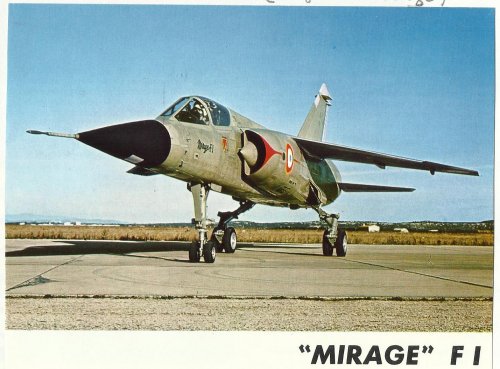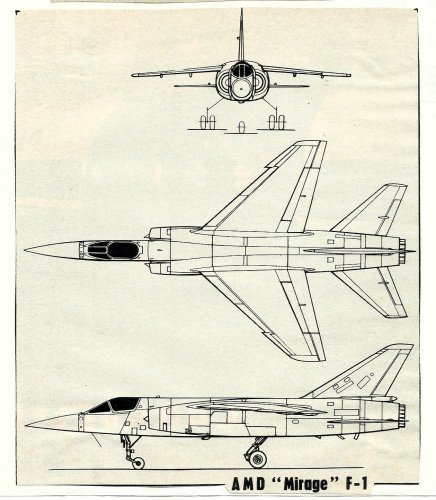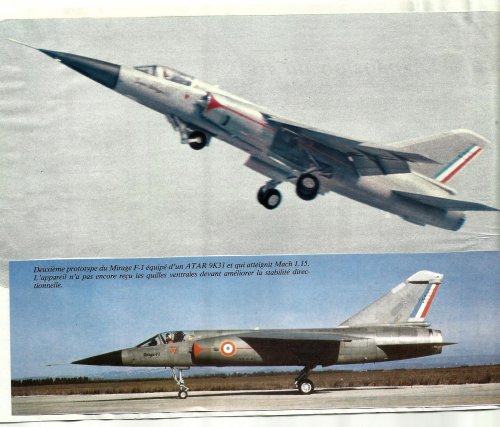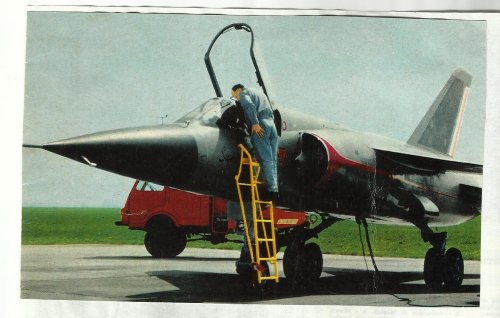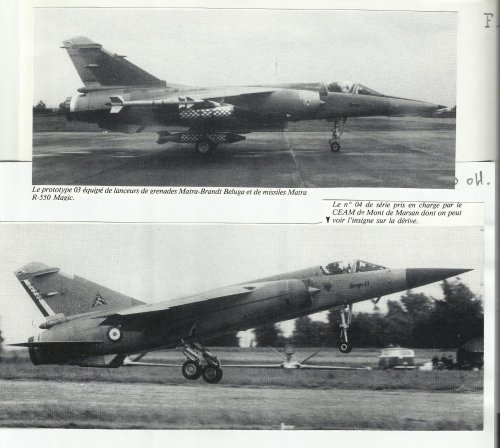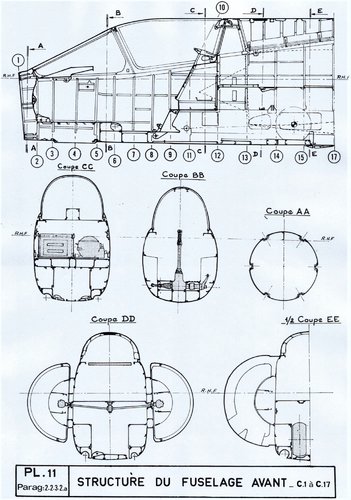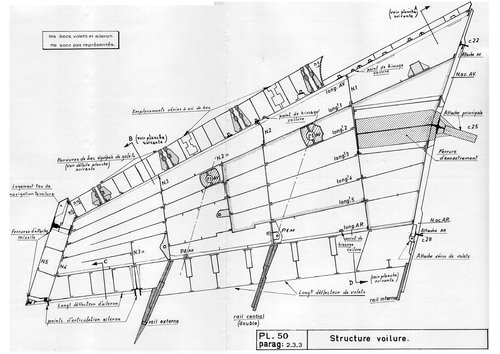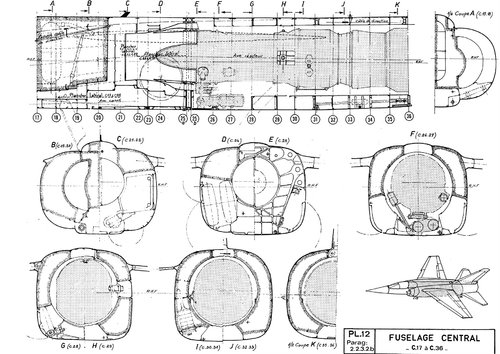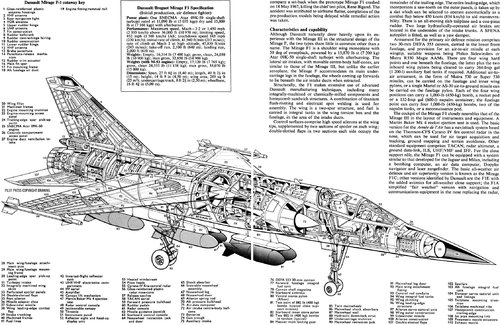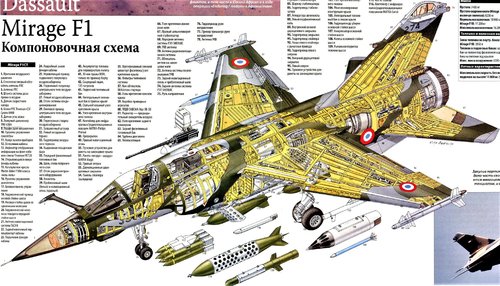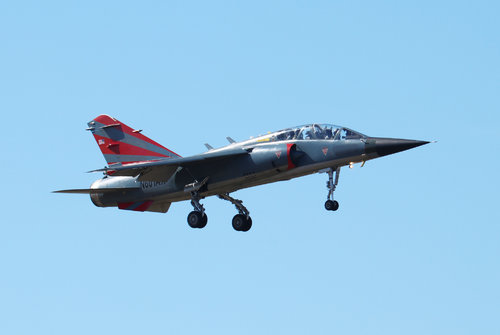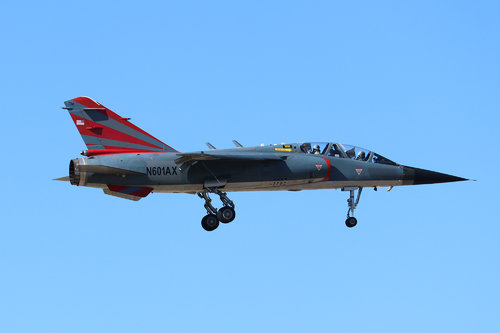All this is a little sad, because (as I said many times since, what, 2006 ?) the Mirage F1E-M53 could have pulled a Rafale three decades before, in the sense of a versatile, multirole type for both Aeronavale and Armée de l'Air.
I once calculated it could have replaced everything but the kitchen sink - Etendard IV, Super Etendard, Crusader on one side, Mirage F1-Atar, Mirage V, Mirage IIIC/E, Jaguar, Mirage 2000 on the other (mixing obsolete, present, and future types, altogether).
One major combat aircraft for everyone but the Mirage IV role, there it was too short ranged.
Although a Mirage F-1B is relatively close from a 2000B/D/N... which replaced the Mirage IV in our universe. I'm left wondering if an ASMP would fit a Mirage F1M53; then again, even the Super Etendard carried one, and dissymetrically with that, with a fuel tank on the opposite side to balance it. Plus the 2000D delta wing was not optimal for low level flight, the F-1 might have a small advantage there, kind of miniature TSR-2.
What's more, while the Mirage F1 was made deliberately as small as possible because of its anemic Atar, it was actually a 0.8 scaled Mirage F3, itself a single-seat, smaller F2, both with the large TF306. Now imagine if the slightly larger F3 had gotten a M53P2 circa 1975-80... the right spot between a F1 and a Phantom, somewhat a Viggen in size and thrust. And better armed against the F-16 in the deal of the century, available right from 1971 with a turbofan.
Pretty fun when you think about it: had the F3 not been scrapped in 1967, it would have been pretty close from a F1M53 some years in advance. What surprised me when I red Liébert book was something subtle, not easy to grasp at first glance.
That in the 1967-70 era the M53 was NOT a successor to the TF306E, because the difference in thrust was too large - 8200 kgp for the early M53 against 10 000 kg+ for the TF306E. Obviously the Aeronavale and Armée de l'air badly needed the TF-306E huge thrust. Except that engine was far larger, heavier, expansive to procure...(Uncle Sam, meh) and also its reputation was abysmal, thanks to the F-111.
what is remarquable is that the difference in size and weight and thrust between M53 and TF306E was such, the engines were not interchangeable between aircraft. For example, the F3 with a M53 ? forget it. The TF306E had made the airframe too heavy for the diminutive M53.
In the end all the above is even more stupid when one realize that the M53P2 of the late 80's had a leap in thrust (9700 kgp) enough it could have matched a TF306E... but it was 15 years too late.
It says a lot about how the Atar monoculture damaged SNECMA, to the despair of Dassault...
I needs to write this two TLs in parallel - Mirage F3-M53 and Mirage F1-M53, what might have been... F1M53 is easier (it flew) but F3-M53 might be more ambitious, since it would start earlier and get slightly better chances in the Deal of the Century (start with Belgium, Tindemans 1973, hint).

